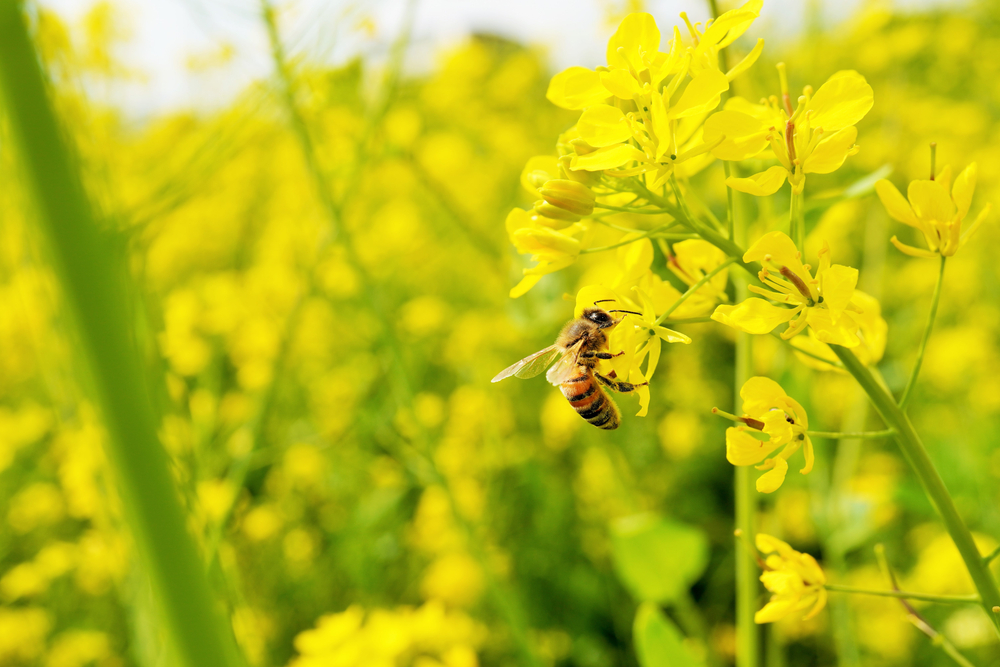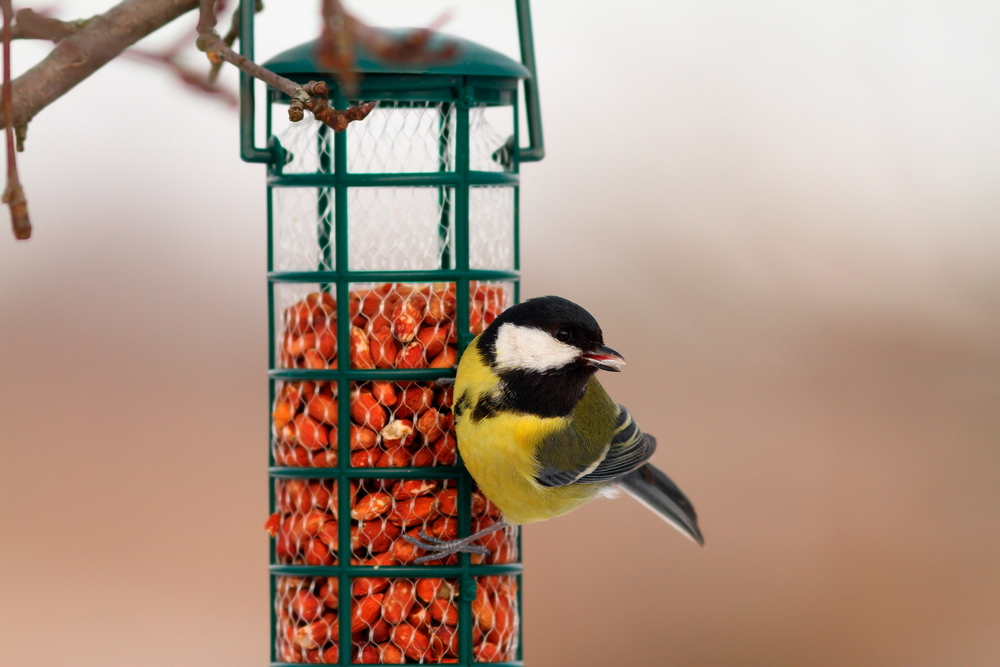

If feeding the ducks at your local pond is one of your favourite pastimes, then you may be curious about the little fluffy ducklings you see each spring. Read on to find out more about the secret lives of ducklings…
Duckling eggs
The life of a duck follows a yearly cycle. Ducklings that hatched the year before return to their birthing ground to lay eggs and begin the new life cycle.
Once a female duck has laid her eggs, she will remain in her nest sitting securely so that she blends perfectly into the background. A female duck will rarely leave the nest once her eggs have been laid, apart from short breaks to feed and stretch her legs.
After roughly 28 days, the eggs will hatch together which takes around 24 hours. Once hatched, the ducklings stay in their nests for at least 10 hours while they dry and get used to using their legs.
Their first plight usually happens early in the morning when the female duck leads her ducklings to water. The trip can be delayed due to bad weather, however, the sooner the ducklings get to the water to feed, the better the chances of survival.
Baby ducklings
Ducklings cannot survive without their mother and take 50-60 days before they fledge (fly) and become independent. During this time, they remain under their mother’s supervision. they are able to swim and catch their own food but it can take a few tries for them to learn what is edible and what isn’t.
At this point the nest is often abandoned, although if it is close to the water the family may continue to use it for brooding and roosting, Baby ducklings still need the warmth of their mother’s down feathers, so she snuggles them to keep them warm.
Mallard ducks must also be protected by their mothers from other full-grown Mallards, as they tend to kill unfamiliar ducks that wander into their family grouping.
After the 50-60 days spent under the watchful eye of the female duck, the ducklings are able to fly and can leave the protection of the brood.
Teenage ducklings
By autumn, the now teenage ducklings are on their own and ready for two important events – moulting and migration. Part of a ducks life cycle, moulting is the replacing of old feathers which can leave the ducklings vulnerable to predators as they are unable to fly until their new feathers have grown. This process can take from two to three weeks.
Once molting is complete, they are able to fly again and the ducks migrate to warmer climates ready for the winter. This is a new experience for the ducklings who have not yet wandered far from where they hatched. The mother duck is at hand to assist the new migrants in finding and settling into the wintering habit.
Britain will be the destination of choice for many ducks from colder parts of Europe and it is here they take up their winter residency.
Adult ducks
During the winter period and after the teenage ducklings have accomplished their first migration, the once small, fluffy ducklings are now adults and will spend their time in the southerly climates eating and storing reserves ready for the long flight back to their breeding grounds. Once they arrive home, the now adult ducks will be looking for a mating partner and nesting site ready for the arrival of some new baby ducks! And so begins the life cycle of a duckling again.
Feeding
Although many people believe that ducklings should be given bread to feed on, their favourite foods include seeds, aquatic vegetation, acorns, berries, plants, insects and shellfish. While ducks may enjoy eating your leftover loaf, this can actually harm them and contribute to water pollution. At WildThings we are working to help spread the message about the harm that bread can cause with our Better Than Bread campaign. This doesn’t mean that your favourite pastime has to stop; you can still feed them frozen peas, sweetcorn, lettuce or a specialised duck food such as WildThings Swan and Duck Food.
Have you visited your local pond lately to see if you have any spring arrivals? Make sure you share pictures with us on our social channels.







